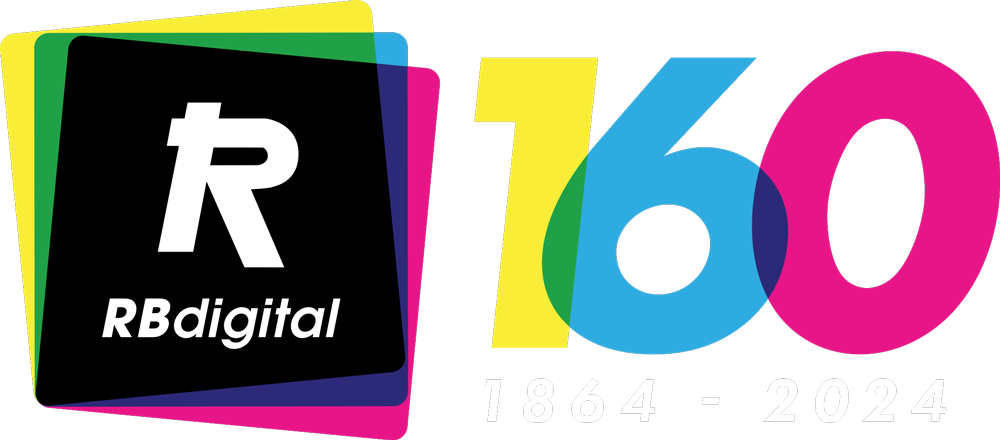Often Purchased With
-
Monarch Dye Migration and Bleed Test Kit
P110Prix habituel $77.00 CADPrix habituelPrix unitaire par
Additional Information
- Superior opacity
- Lower cure range
- Improved printability, creamy viscosity
- Low cure, save energy, reduce bleed defects
- Excellent bleed resistance at a wide temperature range
Fabric Types
- 100% polyester, polyester blends, tri-blends, dye sublimated fabrics
Mesh
- Count: 86-230 t/in (34-90t/cm)
- Tension: 25-35 n/cm
Squeegee
- Durometer: 60/90/60, 70/90/70, 70
- Profile: Square, Sharp
- Stroke: Hard flood, Fast stroke
- Angle: 10-15%
Stencil
- 2 over 2
- Off Contact: 1/16” (2mm)
- Emulsion Over Mesh: 15-20%
Flash & Cure Temperatures
- Flash: 150° F (66° C)
- Cure: 250°F - 300°F(121°C - 148°C) Entire ink film
Pigment Loading
- EQ: N/A
- MX: N/A
- PC: N/A
- *All percentages listed at % by weight.
Epic Additives
- ASI Viscosity Buster-1% max
Shipping & Storage
- 65-90°F (18-32°C)
- Avoid direct sunlight.
- Use within one year of receipt
Clean Up
- Ink degradent or press wash
- Stir inks before printing
- Use consistent, high-tensioned screen mesh and sharp edged squeegees for best print results
- For superior bleed resistance, overprint RIVAL SPORT™ LC DEFENDER with RIVAL SPORT™ LC White and Colors
- RIVAL SPORT™ LC DEFENDER demonstrates improve printability making it ideal for manual and automatic printing
- Print RIVAL SPORT™ LC DEFENDER so that the flashed ink deposit fully covers the underlying fabric, avoid any fabric showing through the under base layer
- Adjust flash cure temperature and dwell time so ink is just dry to touch. Depending on flash unit, a 2 - 3 second flash is adequate.
- Curing is a time and temperature process, a lower oven temperature setting with a slower belt speed while maintaining recommended ink cure temperature is always best to protect fabric, control dye migration and reduce energy consumption
- RIVAL SPORT™ LC DEFENDER can be cured between 250°F - 300°F (121°C - 148°C). Running at the higher end of the temperature range and/or longer dwell times maybe required to achieve proper cure on jobs that contain cotton, high ink deposits or heavy weight garments. Use a setting of 250 on non stretch, sensitive fabrics, such as polypropylene, Rayon or Denier.
- Stir plastisols before printing.
- Do not dry clean, bleach or iron printed area.
- Perform fusion tests before production. Failure to cure ink properly can result in poor wash fastness, inferior adhesion and unacceptable durability. Gel and cure temperatures for ink should be measured using a Thermoprobe device placed directly in the wet ink film and verified on the substrate(s) and equipment to be used for production.
- It is the responsibility of the printer to determine that the correct ink has been selected for a specific substrate and the application processes meet the printer’s customer standards or specifications.
- Curing is the responsibility of each printer to confirm that the print is fully cured. PolyOne’s cure recommendations are not a guarantee or warranty, but merely suggested starting points for curing evaluations as explained above.
- When printing on garments that contain certain dyes, you must pre-test for the potential ghosting. Please refer to our website for more information on this issue.
- Wilflex products have been carefully designed to perform within a given viscosity range, and any dramatic change in viscosity is probable to result in a change in printing characteristics
- NON-CONTAMINATION OF EPIC INKS: Do not mix EPIC inks with inks, additives or extenders from other companies. All buckets, palette knives, stirring apparatus, squeegees, flood bars and screens must be cleaned properly and free of phthalates and pvc containing inks. Non-phthalate emulsions and pallet adhesives must be used. Failure to follow these precautions may cause phthalate contamination in violation of consumer protection laws and regulations.
- Any application not referred in this product information bulletin should be pre-tested or consultation sought with Wilflex Technical Services Department prior to printing.


